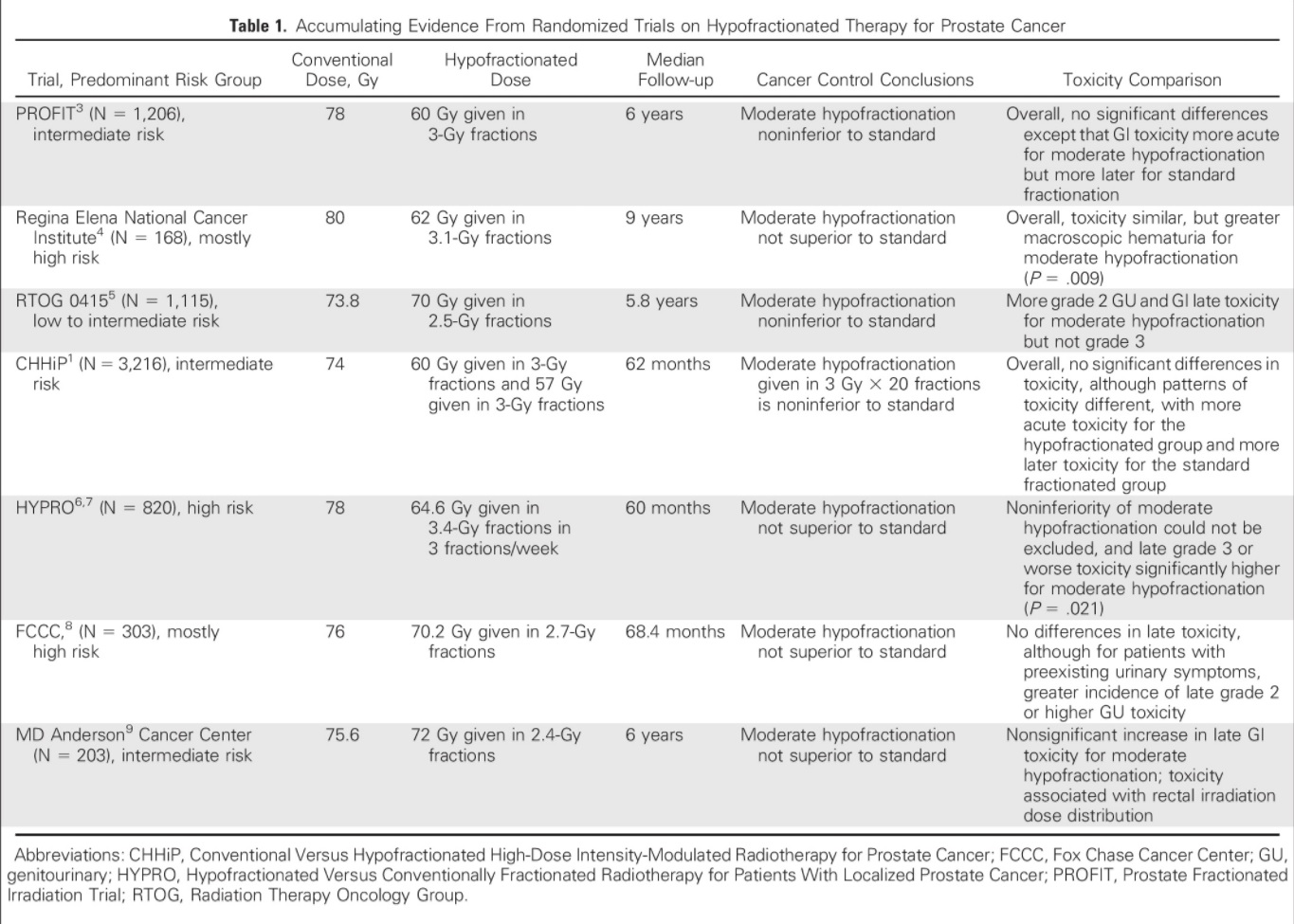- Joined
- Nov 13, 2012
- Messages
- 112
- Reaction score
- 36
So I'm looking at a single person private practice with a steady stream of 35-40 patients on treat between 2 linacs. Is this considered a doable number of patients for a single person? I'm coming out of residency and this is a contracted position for all professional fees from the hospital. It is clearly financially lucrative. But... I am worried about quality of life given my family. Can anyone speak to the predicted hours needed for this type of patient load? Feel free to PM me if you do not want to post here.


